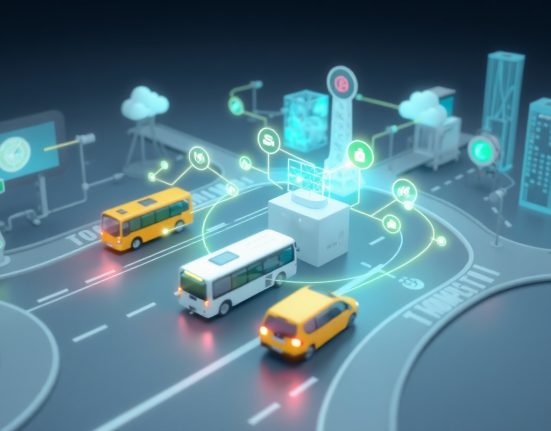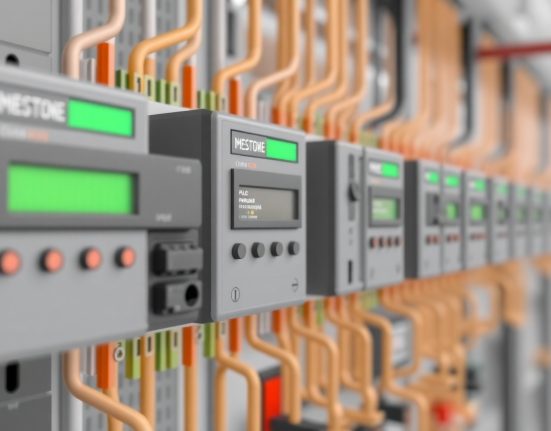If you’ve ever paused for a second to wonder how an elevator knows exactly when to stop, how to open and close its doors smoothly, or how it gets you from floor to floor so precisely—you’re not alone. The world of elevator control systems isn’t just highly technical; it’s honestly fascinating. As someone who’s always been drawn to smart mechanics and the blend of software with hardware, I can wholeheartedly say: the systems running your elevator are a true marvel of modern engineering.
Behind every sleek metal door that slides open effortlessly, there’s a complex control network making split-second decisions. It constantly tracks where each elevator car is, which buttons have been pressed, whether there’s too much weight, or if something seems off. All of this happens instantly, over and over again, without you noticing a thing. We’re talking about a beautiful symphony of programmable logic controllers (PLCs), precise sensors, safety systems, and a user interface that ties it all together so seamlessly. What used to be a simple mechanical setup is now a full-on cyber-physical system.
One of the coolest things is how every tiny component plays a role in perfect harmony. For example, magnetic sensors placed along the elevator shaft constantly track the position of the car. That data is sent to the central controller, which calculates movement speed and the distance to the next stop. If another floor request comes in mid-ride, the system recalculates the route in real time based on algorithms designed to save time and energy. It’s not just smart—it’s elegant.
Safety, of course, plays a huge part in all this. Every control system includes backup mechanisms, speed monitoring, fault detection, and emergency behavior protocols. If there’s a power outage or a door tries to open unexpectedly, the elevator knows exactly what to do—stop safely, engage emergency systems, or even call for help automatically. For me, that’s where the real beauty lies: technology that doesn’t just function, but adapts and protects.
And if we take it one step further—into the world of smart elevators in high-rises and modern towers—we’re talking about systems that use AI to learn usage patterns, adjust to varying loads, and even communicate with other building systems like HVAC or emergency controls. It’s a living, breathing world of tech that keeps evolving, and every update makes the ride just a little smoother.
So next time you step into an elevator and press a button, know that you’re activating a brilliant chain reaction of logic, planning, and precision. For me, elevator control systems are more than just a ride up—they’re a reminder of how far engineering has come. It’s where intelligence meets movement, and where great design becomes invisible.














